Deadly consequences! Our Moon is drifting away from the Earth!
The Moon is moving away from the Earth at the rate of 3.78 centimeters (1.5 inches) per year. While that might not seem like a lot, it can have deadly consequences for us. Know what they are.
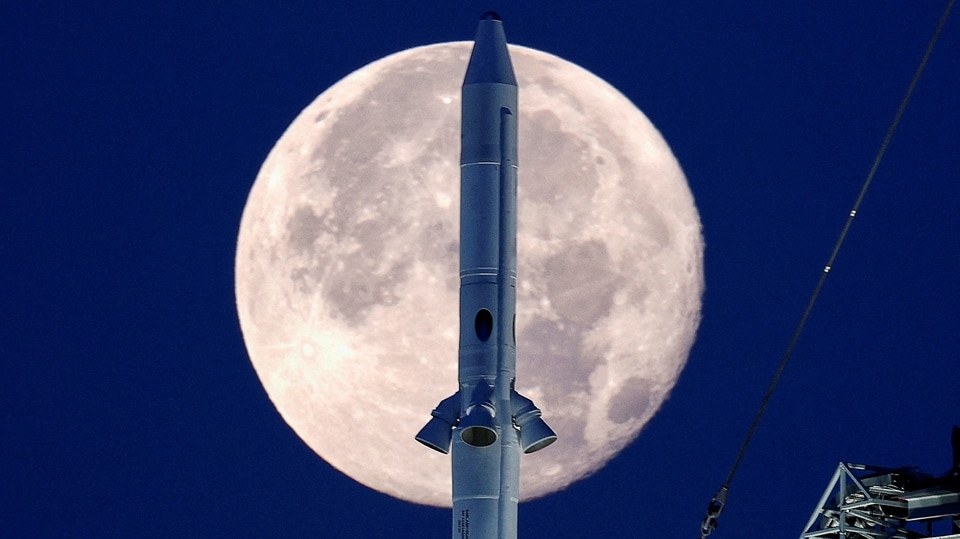
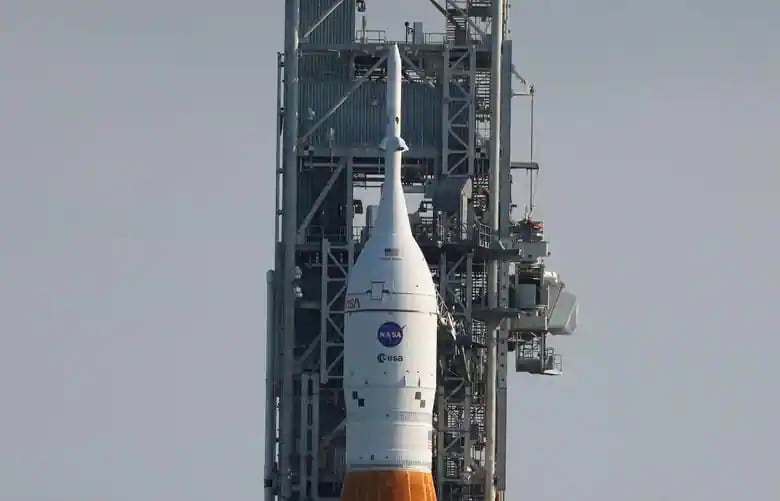

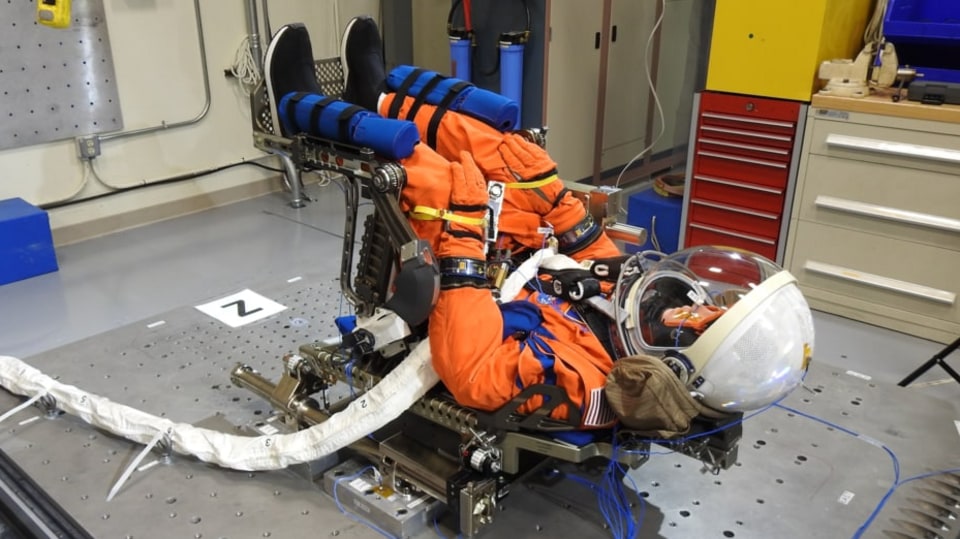
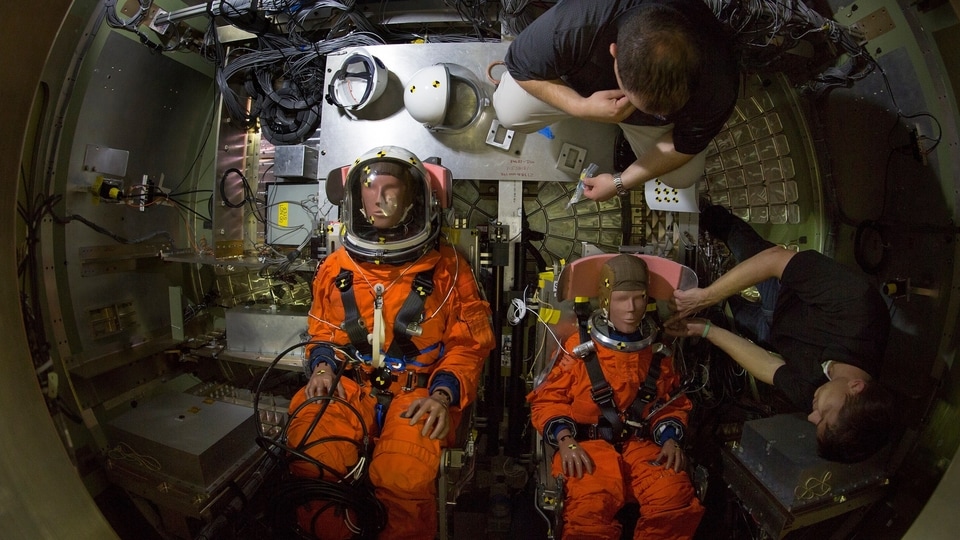
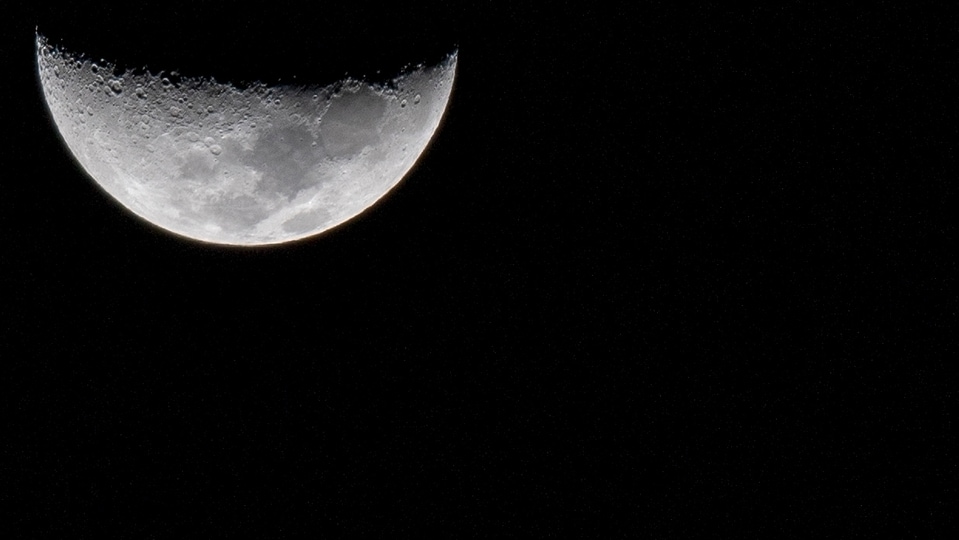
 View all Images
View all ImagesThe Moon is a very special celestial companion of the Earth. Its role is not just to illuminate at night and give the Earth some light. The Moon helps the planet and us in many ways from tidal bulge to Earth's tilt and slowing down the planet's rotation. In fact, life would have been near to impossible had the Moon not been there Yet, the terrifying fact is that the Moon is drifting away from the Earth. And if that happens, life on Earth might collapse entirely. Read on to know why the Moon is drifting away and how that can impact us.
Why the Moon is drifting away from the Earth
For a change, this is not due to human intervention. The reason the Moon rotates around the Earth is because it has been pulled by our planet's strong gravitational force. But at the same time, the Moon itself pulls the Earth due to its own gravitational field. Its impact is seen directly on oceans where the tidal bulges are formed and ocean currents get their movement. However, as the tidal bulge actually gets pulled at a height above the Earth's surface, the Moon receives a kick-back, almost similar to the recoiling effect of a gun.
As a result, the Moon gets ever-so-slightly pushed back. This distance has been measured to be 3.78 centimeters or 1.5 inches every year. And while it may not look like a lot, as the distance keeps accumulating, its impact on Earth will also be visible in due time.
What will happen if the Moon drifted too far away from the Earth
The most immediate effect would be that there will be no giant rock illuminating the planet during the night time. But compared to everything else that would be going on during that time, this would probably go unnoticed. One of the biggest impacts would be on tidal waves. While oceans will still retain some movement due to the gravitational force of the Sun, it will be very weak and minimal. Most of the cold and warm currents of the ocean would cease to exist, resulting in the death of a large number of aquatic species. The coastal region will also change drastically.
The worst impact would be on the seasons of Earth. Our planet leans at an angle of 23.5 degrees because the Moon has locked it into that alignment. It is because of this alignment that the Earth has generally stable seasons and the polar regions are cold. However, if the Moon was gone, the Earth would be a wobbling body, constantly being pushed and pulled by different planets and celestial bodies which would tremendously make the seasons and living conditions inhospitable for life.
However, one good thing is that none of this is likely to happen anytime soon. According to NASA, in about 600 million years from today, the Moon will be so far from the Earth that no more solar eclipses will occur. It is probably at that time when the living humans should think about a backup planet.
Catch all the Latest Tech News, Mobile News, Laptop News, Gaming news, Wearables News , How To News, also keep up with us on Whatsapp channel,Twitter, Facebook, Google News, and Instagram. For our latest videos, subscribe to our YouTube channel.
































